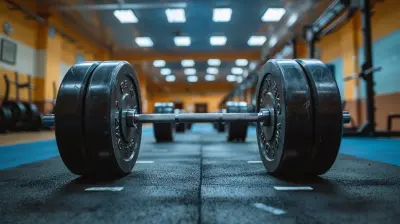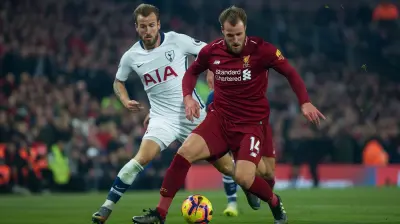Top Grappling Techniques Every MMA Fan Should Know
23 October 2025
MMA (Mixed Martial Arts) is a beautiful chaos of striking, grappling, and raw physicality. But while the highlight reels are often dominated by knockouts and flying knees, the real magic often happens when the fight hits the ground. Grappling is a massive part of MMA, and understanding the intricacies can elevate your appreciation of the sport to a whole new level.
Today, we’re diving deep into the essential grappling techniques that every MMA fan should know. Whether you're a seasoned fan or just getting into the sport, these techniques will help you better understand what’s going on when fighters lock horns on the canvas. So, buckle up, because we’re about to break down some of the most effective grappling moves in MMA!
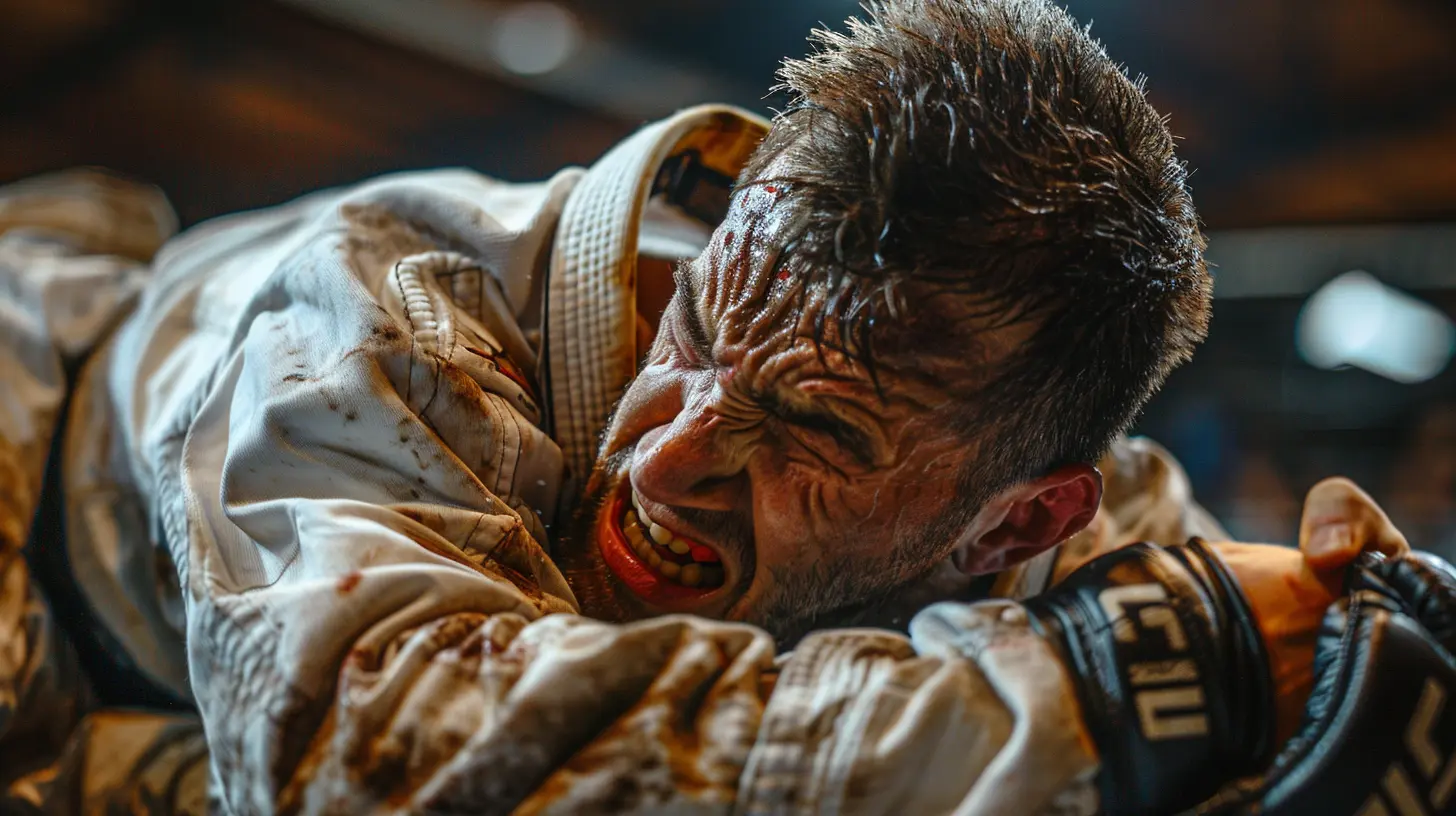
1. Double-Leg Takedown
You’ve seen it a thousand times—one fighter shoots in low, grabs both legs of their opponent, and drives them to the mat. That’s the double-leg takedown, and it’s a staple in both wrestling and MMA.The goal here is simple: Get your opponent off their feet and onto the ground, where you can control the pace of the fight. By wrapping your arms around both of their legs, you eliminate their balance. Once they’re off-balance, it’s much easier to drive them down with your momentum.
Why is the double-leg so important? Well, in MMA, controlling where the fight takes place is crucial. If you're a dominant grappler, you want to bring the action to the ground where you excel. But it’s not just about brute strength—timing and technique matter just as much. If you can shoot in when your opponent is off-guard or mid-strike, you're setting yourself up for success.
Tip:
The key to a good double-leg takedown is to shoot in low and drive through your opponent, not just at them. Think of it like a football tackle—you want to go through the opponent, not just hit them head-on.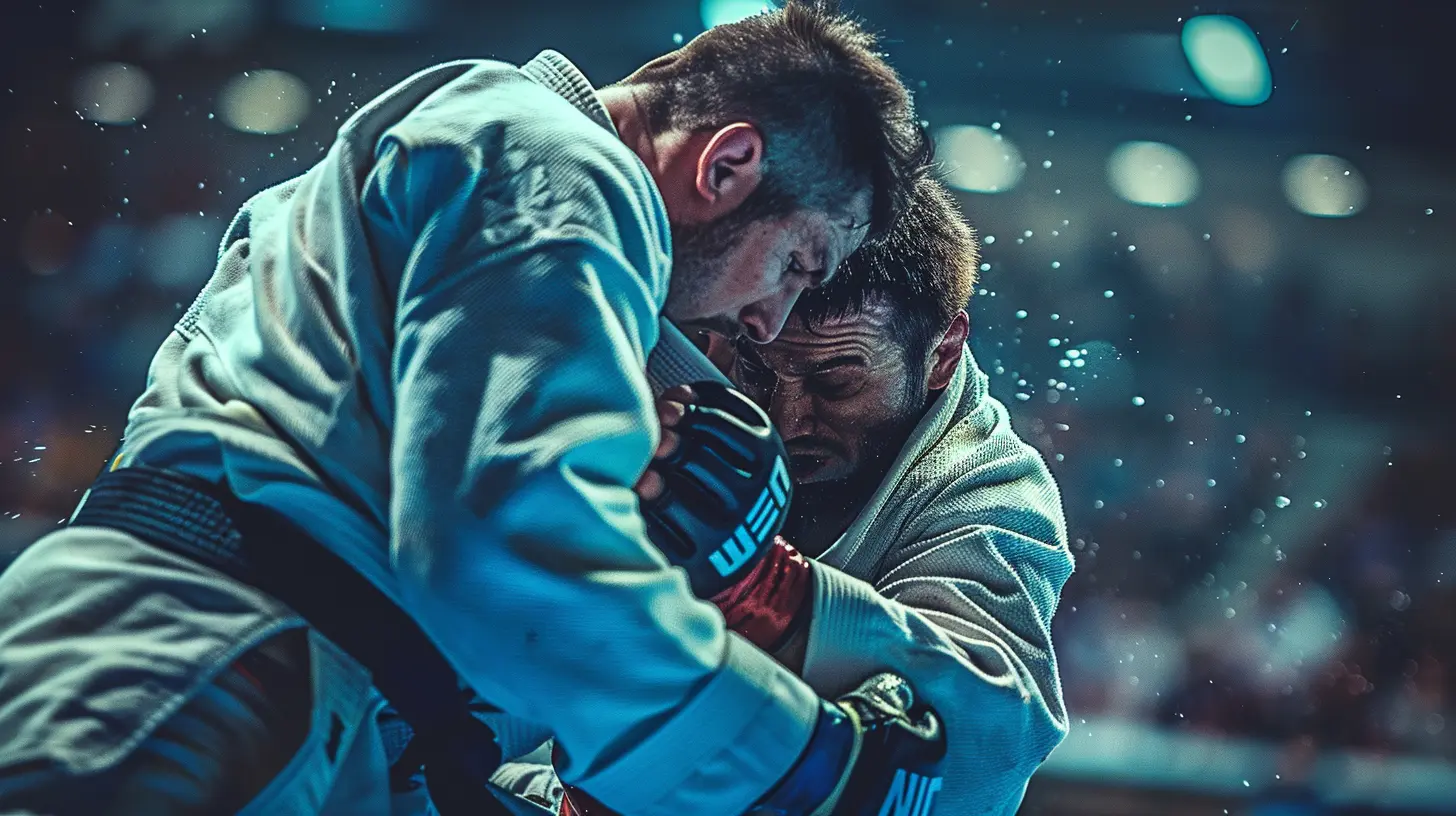
2. Rear-Naked Choke (RNC)
Ah, the Rear-Naked Choke—a move that has finished more MMA fights than just about any other submission. It's a lethal technique, and once it's locked in, it's game over for most fighters.The RNC is typically executed when one fighter takes their opponent’s back. From there, they wrap their arm around the opponent’s neck, cutting off the blood flow to the brain by compressing the carotid arteries. When done correctly, it leads to a fast and relatively painless submission.
What makes this move so devastating? For one, it’s incredibly difficult to defend once your back is taken. Secondly, the choke targets the blood supply rather than the airway, meaning the victim can pass out in seconds if they don’t tap quickly.
Tip:
To make this submission even more effective, fighters often use their legs to hook around the opponent's waist, securing their position and preventing any escape attempts. This is called "getting the hooks in."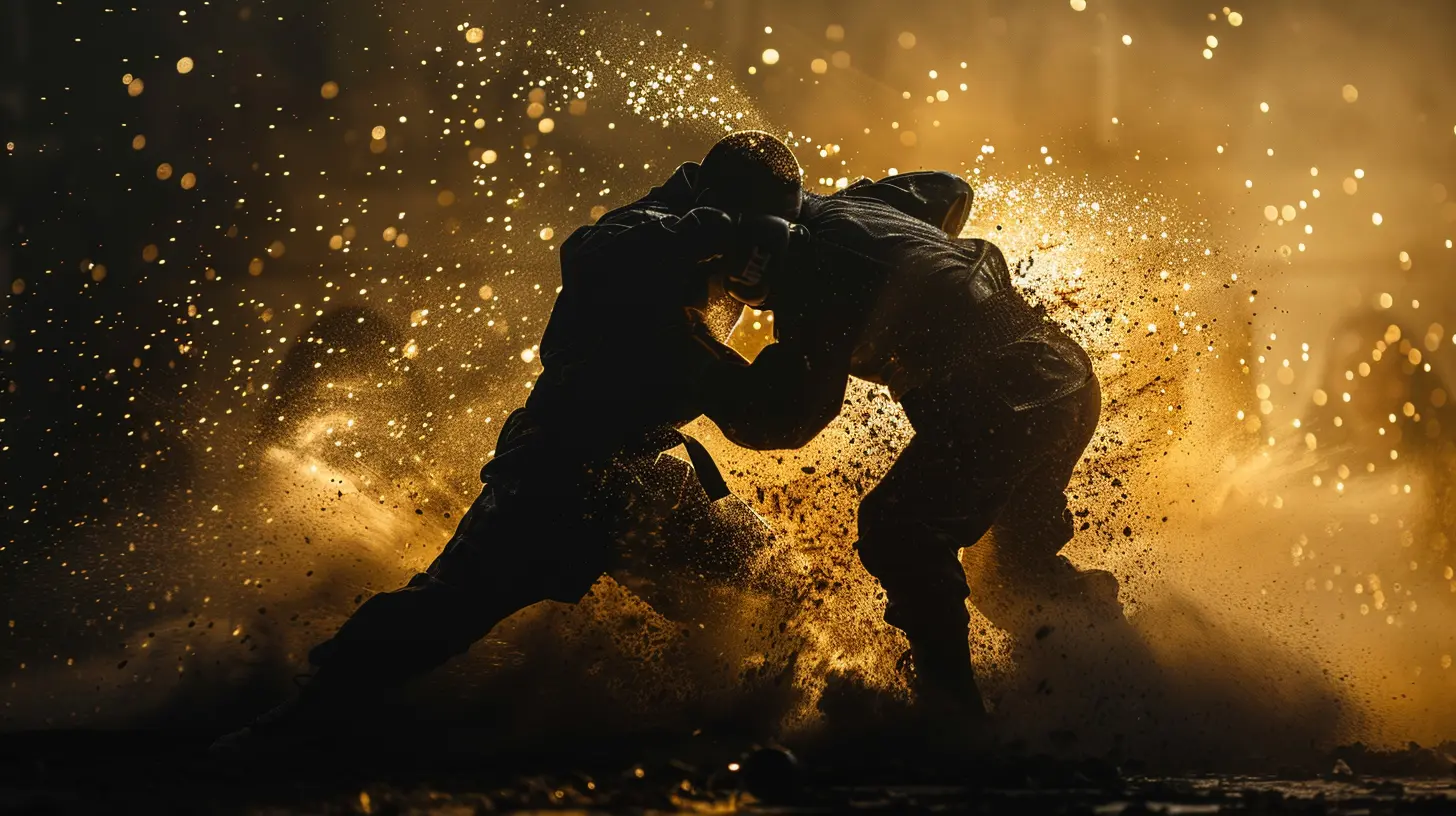
3. Triangle Choke
The triangle choke is another iconic submission that involves using your legs to trap your opponent’s neck and one arm. This choke can be applied from the guard position—when you're on your back and the opponent is in your guard (between your legs).The goal here is to create a triangle shape with your legs, trapping the opponent’s head and one arm. By squeezing your legs and pulling down on their head, you cut off their blood flow, much like the rear-naked choke. The triangle choke is sneaky, and it often comes out of nowhere, turning the tables on an opponent who might feel safe in top position.
Tip:
To really tighten the choke, try pulling on your shin rather than your foot. This gives you more leverage to cinch the choke tighter.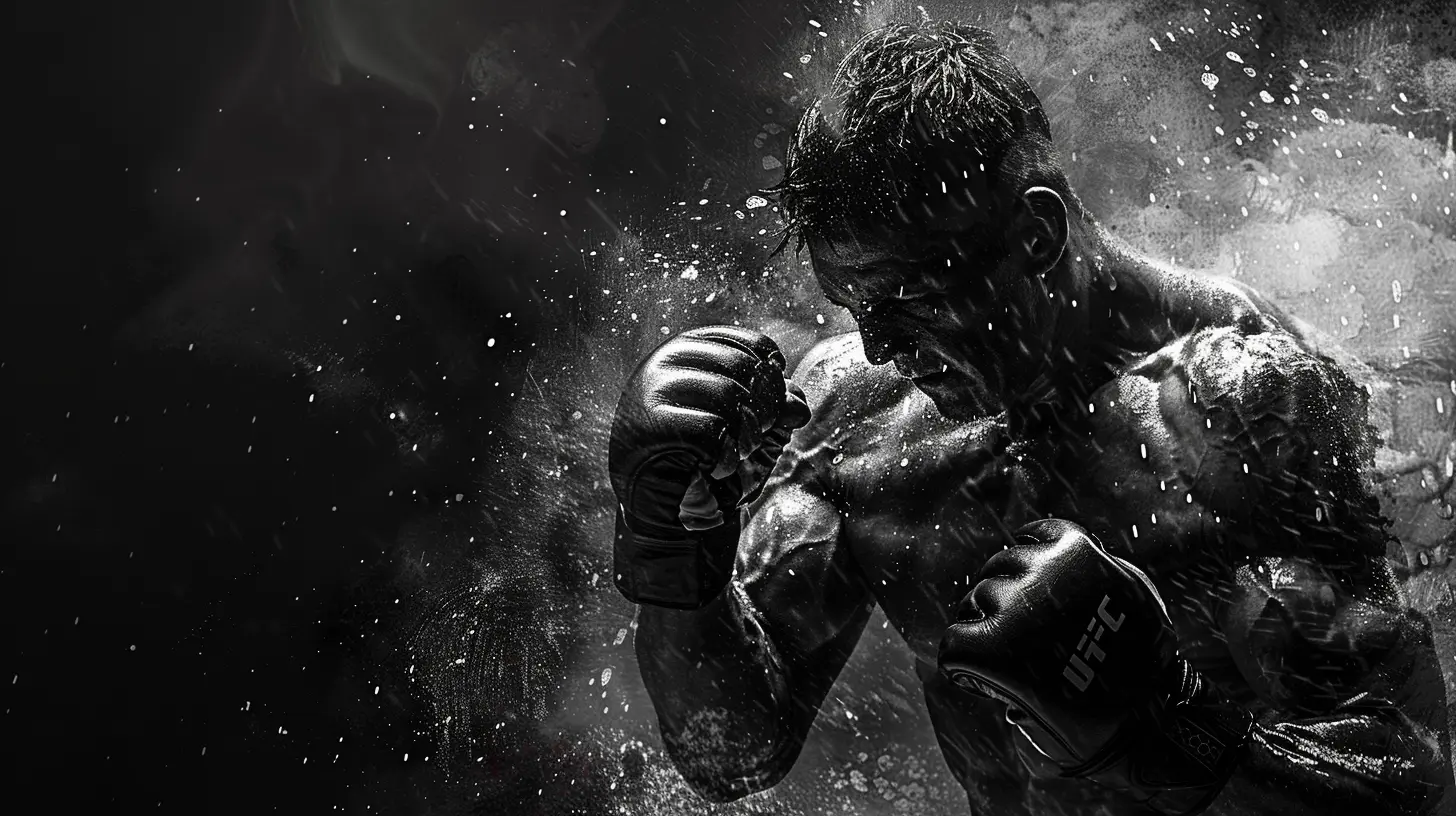
4. Armbar
The armbar is one of the most well-known submission techniques in MMA, and for good reason. It’s simple, effective, and can be applied from a variety of positions. The most common setup is from the guard or mount position.In an armbar, the fighter isolates one of their opponent’s arms, trapping it between their legs and hyperextending the elbow joint. The goal is to bend the arm in the opposite direction it’s supposed to go—ouch! If the opponent doesn’t tap out quickly, they risk serious injury, like a broken arm.
The beauty of the armbar is that it can be transitioned into from multiple positions, making it a versatile weapon in a grappler’s arsenal.
Tip:
If you're struggling to finish the armbar, try pulling the trapped arm towards your chest while simultaneously extending your hips upward. This motion amplifies the pressure on the elbow joint.5. Guillotine Choke
The guillotine choke is a submission that involves trapping your opponent’s neck in a front headlock position. It’s often used when an opponent shoots for a takedown, and you catch them with their head exposed. You then wrap your arm around their neck, applying pressure to either choke them out or force them to tap.What makes the guillotine so effective is its versatility. It can be applied standing, on the ground, or even in transitions. If your opponent starts to panic and thrashes around, it usually makes the choke even tighter.
However, the guillotine is also a high-risk, high-reward submission. If you don’t get the choke, you can end up in a bad position, like underneath your opponent in side control.
Tip:
To tighten the guillotine, make sure you get your wrist underneath your opponent’s chin and apply pressure by squeezing your elbows together while lifting your hips.
6. Kimura
The Kimura is a submission technique that targets the opponent’s shoulder. It’s typically set up from a variety of positions, including the guard or side control. The fighter grabs their opponent’s wrist with one hand, loops their other arm under the opponent's arm, and then grabs their own wrist, forming a figure-four grip.From there, the goal is to twist the opponent’s arm behind their back, which puts massive pressure on the shoulder joint. If the opponent doesn’t tap, they risk dislocating or breaking their shoulder—definitely not something you want to experience in a fight!
The Kimura is a powerful submission because it gives you a lot of control over your opponent’s upper body. Even if you don’t get the submission, you can often use it to sweep or transition into a more dominant position.
Tip:
To make the Kimura more effective, try to keep your opponent's elbow close to their body. This limits their ability to escape and increases the pressure on the shoulder joint.7. Americana
The Americana is similar to the Kimura, but instead of twisting the arm down towards the back, you're twisting it upwards. This submission also targets the shoulder, and it’s typically applied from the mount or side control position.The setup for the Americana involves isolating your opponent’s arm and creating a figure-four grip, much like the Kimura. From there, you twist the arm upwards, putting intense pressure on the shoulder joint. It’s a simple, effective submission that can force a quick tap if applied correctly.
Tip:
To increase the pressure, make sure to keep your opponent’s elbow close to the mat as you lift their wrist. This motion limits their ability to escape and maximizes the torque on the shoulder.
8. Ankle Lock
Moving on from the upper body, let’s talk about a classic leg submission—the ankle lock. This submission targets the ankle joint by isolating the foot and applying pressure to hyperextend the joint. It’s usually applied from a leg entanglement position, like the Ashi Garami.The ankle lock can be excruciatingly painful, and if the opponent doesn’t tap, they risk serious damage to their foot and ankle. Leg locks have become more popular in MMA in recent years, and fighters who specialize in them can be a nightmare to deal with on the ground.
Tip:
For a more devastating ankle lock, try to arch your back as you pull on the opponent's foot. This motion adds additional pressure to the ankle joint, increasing the chances of a submission.9. Sweeps
Sweeps are not submissions, but they’re crucial to grappling success. A sweep is a technique used to reverse your position when you're on the bottom, typically in the guard. By using leverage, timing, and technique, you can flip the script and end up on top.There are countless sweeps in MMA, but some of the most common include the scissor sweep, flower sweep, and hip bump sweep. The goal of a sweep is to disrupt your opponent’s base and use their momentum against them. Once you’re on top, you can control the fight and work for a submission or ground-and-pound.
Tip:
To execute a good sweep, focus on controlling your opponent’s posture. When they’re off-balance, it’s much easier to reverse the position.
10. Sprawl
Last but not least, we have the sprawl. While this isn’t a submission or a takedown, it’s an essential defensive technique that every MMA fan should know. The sprawl is used to defend against takedowns, especially the double-leg takedown.When your opponent shoots in for your legs, you quickly kick your legs back and drop your hips towards the ground. This motion prevents them from grabbing your legs and gives you a chance to counter-attack or escape.
The sprawl is a must-know for anyone looking to avoid getting taken down. It’s a simple but effective way to keep the fight standing and avoid the grappling exchanges if that’s not your strength.
Tip:
To make your sprawl more effective, try to drive your hips into your opponent’s shoulders as they shoot. This will make it much harder for them to complete the takedown.Conclusion
Grappling is an art form that can often go unnoticed by casual fans, but it’s a critical aspect of MMA. Whether it's a perfectly timed takedown or a slick submission, these techniques can change the course of a fight in the blink of an eye. By understanding these grappling techniques, you'll not only appreciate the sport more but also gain insight into the strategies and skills that fighters bring into the octagon.So next time you're watching a UFC event or your favorite MMA promotion, keep an eye out for these moves. Trust me, it’ll make the ground game a lot more exciting!
all images in this post were generated using AI tools
Category:
MmaAuthor:

Preston Wilkins
Discussion
rate this article
1 comments
Colton McSweeney
Remember, it's grappling, not cuddling! 😂
October 25, 2025 at 2:50 AM

Preston Wilkins
Haha, great point! Grappling is all about technique and strategy. Thanks for the laugh!
